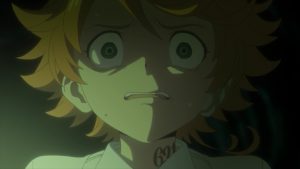 There’s a part of me watching these fairly compelling chapters play out on-screen and thinking “where did it all go so wrong?” But that’s jumping the gun to be sure, so why dwell on it? And the “original story” supposedly being cooked up for this season adds an interesting element of mystery to the proceedings. I have no idea what Shirai and Oono-sensei are cooking up (hopefully not children) but I’m certainly curious to find out. Bring it on.
There’s a part of me watching these fairly compelling chapters play out on-screen and thinking “where did it all go so wrong?” But that’s jumping the gun to be sure, so why dwell on it? And the “original story” supposedly being cooked up for this season adds an interesting element of mystery to the proceedings. I have no idea what Shirai and Oono-sensei are cooking up (hopefully not children) but I’m certainly curious to find out. Bring it on.
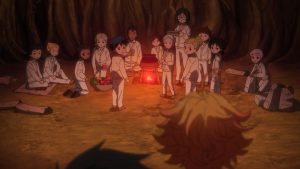 If elements of what we saw this week didn’t make sense (very likely if you got past second-grade math and haven’t read the manga) don’t worry. You didn’t miss something, it’s not supposed to add up yet. Yakusoku no Neverland is a saucer full of secrets to be sure, but it did give us some pretty big appeteasers this week. The presence if Sonju and Mujika (the lady demon we met at the end of the premiere) may be a touch convenient, but it does move the story solidly (in both senses) into the next phase (of many still, to come).
If elements of what we saw this week didn’t make sense (very likely if you got past second-grade math and haven’t read the manga) don’t worry. You didn’t miss something, it’s not supposed to add up yet. Yakusoku no Neverland is a saucer full of secrets to be sure, but it did give us some pretty big appeteasers this week. The presence if Sonju and Mujika (the lady demon we met at the end of the premiere) may be a touch convenient, but it does move the story solidly (in both senses) into the next phase (of many still, to come).
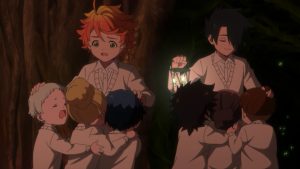 These two come off as quite kind – lonely, if anything. “Heretics” is how Sonju self-refers, oni who don’t eat human flesh (but “everything else” in his words) for religious reasons. Sonju is a gruff fellow but quite the font of information once he gets started, perhaps (well, no perhaps about it) the most important of which is his description of “The Promise”. The agreement between demons and humans which ended the mutual destruction between them and segregated the species into two worlds which can’t be crossed between. But at the cost of humans left behind to be farmed as meat for the demons’ consumption.
These two come off as quite kind – lonely, if anything. “Heretics” is how Sonju self-refers, oni who don’t eat human flesh (but “everything else” in his words) for religious reasons. Sonju is a gruff fellow but quite the font of information once he gets started, perhaps (well, no perhaps about it) the most important of which is his description of “The Promise”. The agreement between demons and humans which ended the mutual destruction between them and segregated the species into two worlds which can’t be crossed between. But at the cost of humans left behind to be farmed as meat for the demons’ consumption.
 Notably “I heard” is Sonju’s qualifier to all this information, which is enough for the ever-optimistic Emma Sue to conclude that she can somehow lead her charges to this human world and safety. Not only that, but to go back for (true main character) Phil and free the kids at the other farms. Yes, Sonju spills those beans too – there are other kodomo farms out there, and Grace Field was one of the top-ranked (A5?) of the lot. It’s just barely believable that Emma and Ray are young enough to think the stuff they want to do is possible – whether the viewer thinks they can is up to them.
Notably “I heard” is Sonju’s qualifier to all this information, which is enough for the ever-optimistic Emma Sue to conclude that she can somehow lead her charges to this human world and safety. Not only that, but to go back for (true main character) Phil and free the kids at the other farms. Yes, Sonju spills those beans too – there are other kodomo farms out there, and Grace Field was one of the top-ranked (A5?) of the lot. It’s just barely believable that Emma and Ray are young enough to think the stuff they want to do is possible – whether the viewer thinks they can is up to them.
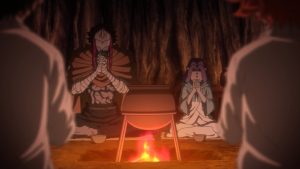 Mujika and Sonju teach the children many things they’ll need to know to have a chance, but Emma secretly asks Sonju to give her one more lesson – how to hunt and kill a living thing. No question this is something she’ll need to know how to do, and more than just birds at that. The real takeaway from this sequence is the Gupna flower – the carnivorous plant stabbed into the heart of the dying prey as an act of prayer and thanks. It’s a rather gruesome image, and most especially for Emma for obvious reasons. It’s not lost on Emma that some distinctions are not as morally clear as they seem to be – nature is inherently cruel, no matter how much we pretend otherwise.
Mujika and Sonju teach the children many things they’ll need to know to have a chance, but Emma secretly asks Sonju to give her one more lesson – how to hunt and kill a living thing. No question this is something she’ll need to know how to do, and more than just birds at that. The real takeaway from this sequence is the Gupna flower – the carnivorous plant stabbed into the heart of the dying prey as an act of prayer and thanks. It’s a rather gruesome image, and most especially for Emma for obvious reasons. It’s not lost on Emma that some distinctions are not as morally clear as they seem to be – nature is inherently cruel, no matter how much we pretend otherwise.
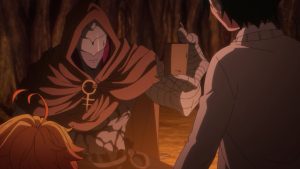 As always, Kanbe-sensei and CloverWorks do a fine job depicting this setting, crucial indeed since world-building is at the heart of The Promised Neverland’s appeal. This week wasn’t too busy visually, which is a plus – it let the moments mostly speak for themselves. Norman’s absence is still a gaping hole in the story – he was such a crucial part of the dynamic that something feels off without him around. But there’s plenty of plot to fill in that gap, and we’re only scratching the surface of this mythology.
As always, Kanbe-sensei and CloverWorks do a fine job depicting this setting, crucial indeed since world-building is at the heart of The Promised Neverland’s appeal. This week wasn’t too busy visually, which is a plus – it let the moments mostly speak for themselves. Norman’s absence is still a gaping hole in the story – he was such a crucial part of the dynamic that something feels off without him around. But there’s plenty of plot to fill in that gap, and we’re only scratching the surface of this mythology.


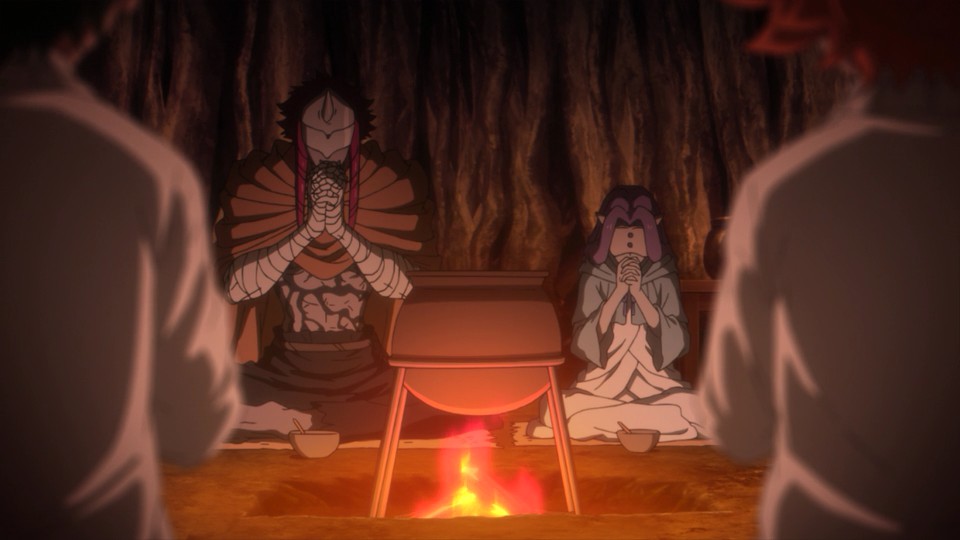
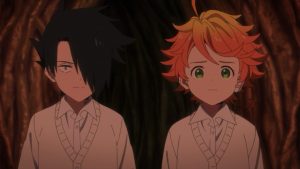
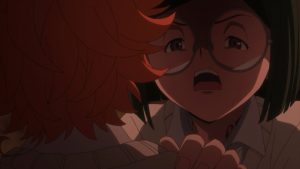
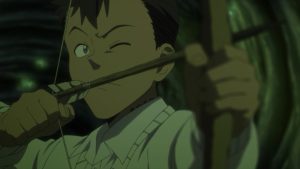
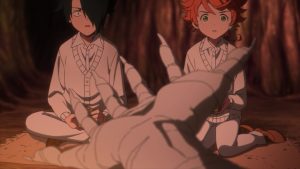
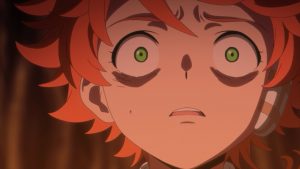
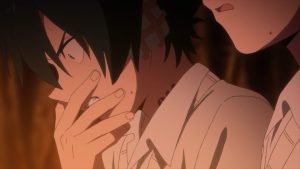


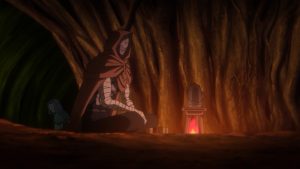

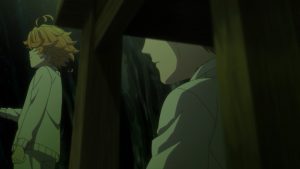
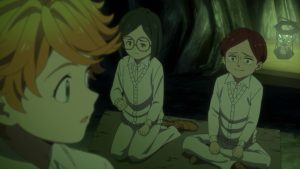
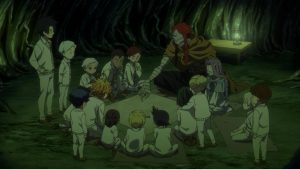
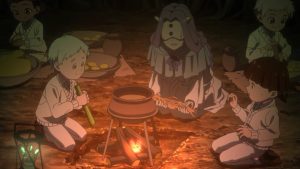
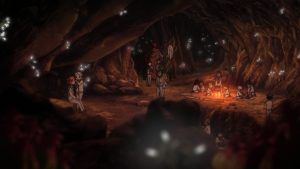
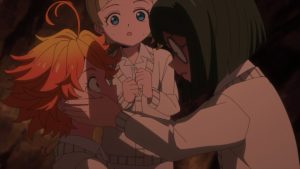
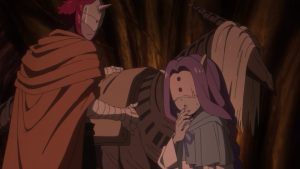

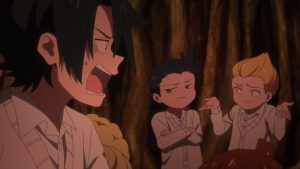
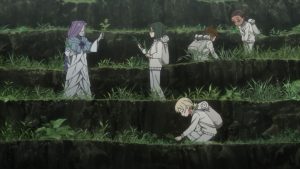
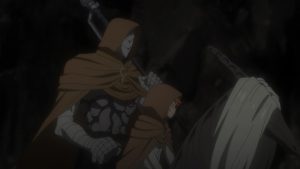
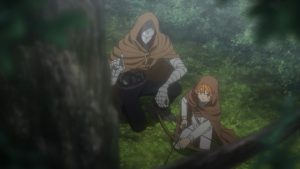
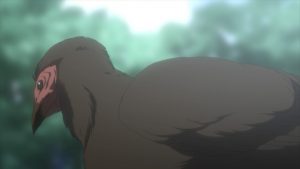
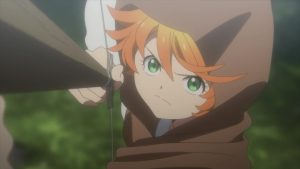
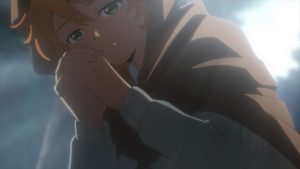


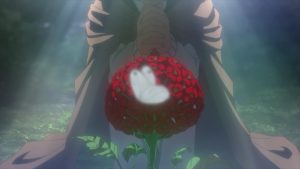
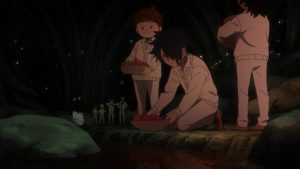
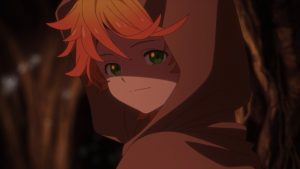
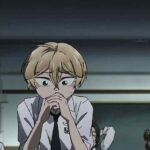
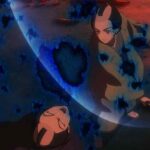
ibtachi
January 16, 2021 at 4:57 pmI’m anime only so I can only comment on what I’ve seen so for but its striking (to me) how much this story defies the traditional WSJ model.
Sure, the first arc was a uniquely compelling supernatural thriller, but this season has more or less abandoned the entire narrative structure of the first arc — its as if we’re watching a different show altogether. This season, so far, is almost like its setting up a season of post-apocalyptic survival/guerilla resistance (something closer to the narrative structure of maybe The Chrysalids by John Wyndham or even Star Wars: A New Hope — Sonju is giving off massive Ben Kenobi vibes). Yes, the estbalished world and characters are the same but it’s rare to see a WSJ series completely wipe the board clean and set up a brand new status quo from scratch like this.
To that, all I can say is kudos.
Princess Usagi
January 17, 2021 at 7:13 amThe scene with Emma and the Gunpa flower was definitely devastating, yet she still somehow maintains the resolve to kill to preserve those who are still alive. I was surprised that the oni didn’t eat them; the end of episode 1 had me expecting them to have to escape another almost certain death situation.
Yann
February 9, 2021 at 11:36 amI was only mildly interested in watching this show because of the human farm angle, but the story is clearly written by a meat eater…
After being farmed herself, the first thing the kid wants to learn is how to kill other animals even though there seems to be more than enough veggies in that forest to survive… Yawn.
At least, having a vegan demon and a keto demon in there was pretty funny… 😀